A Mission Over the Lakes
On a warm June day in 2008, a Piper PA-18-150 Super Cub lifted off from Placid Lakes Airport in Florida. On board were a 33-year-old private pilot with over 1,200 flight hours—more than 400 of those in the Super Cub—and a wildlife researcher from the University of Kentucky. Their mission: locate a bear equipped with a tracking collar, part of a research project with the Archbold Biological Station.
The weather was classic Florida summer—hot, clear skies, light winds, and visibility for miles. It was supposed to be a quick, local hop around a few nearby lakes to pick up a signal. But as the NTSB would later determine, a nonstandard maneuver during the return to the airport would cost both men their lives.
The Flight: Low and Slow
Witness accounts and recovered digital images show the aircraft flying very low over several lakes in the area, likely to maximize signal strength from the bear’s collar. This wasn’t unusual for these kinds of flights, and people familiar with the pilot mentioned he often flew low during these missions.
What was striking was just how low the plane got. Photos from the passenger’s camera—recovered intact from the crash site—show the plane’s tires actually touching the surface of the water. One image captured water spraying behind the main gear, clearly indicating contact.
A few minutes later, the airplane returned to Placid Lakes Airport. Instead of entering a normal traffic pattern, the pilot flew low along the length of the runway—estimated at 40 to 100 feet above ground—before pulling up sharply and banking left in a tight turn, apparently to land from the opposite direction. This was not a first for him; witnesses noted he often performed this maneuver, possibly to check for wildlife on the runway.

The Crash
The airplane never completed the turn. It entered a steep descent and crashed nose-first into a grassy area just short of the runway, ending up nearly vertical with its nose buried 16 inches into the ground. Both occupants died on impact. There was no post-crash fire.
There were no signs of a major mechanical failure. One minor anomaly was found: the flap control cable was disconnected from the flap handle. Investigators couldn’t determine when or how this happened, but noted that it wouldn’t have significantly affected the flight or a normal landing.
The engine was examined thoroughly—it showed no evidence of pre-impact malfunction. It had been running and producing power at the time of the crash, confirmed by the propeller damage and engine internals.
A Pilot’s Habits and Health
The pilot had a solid amount of experience, with 1,246 hours logged and a substantial 418 hours in the Super Cub. His last medical exam was in July 2007, nearly a year prior, and he was operating under a third-class medical certificate.
Interestingly, toxicology found traces of citalopram (an antidepressant) in his system, which he hadn’t disclosed on his FAA medical form. However, medical experts concluded that the drug likely didn’t impair him during the flight.
More significant, perhaps, were the signs of coronary artery disease found during autopsy. While not immediately linked to the crash, it’s worth noting that cardiovascular events remain a top cause of incapacitation in flight.
The Maneuver That Cost Everything
The NTSB’s final ruling was clear: the probable cause of the crash was “the pilot’s performance of a nonstandard abrupt maneuver at low altitude, which resulted in a loss of aircraft control.” The pilot’s decision to execute a sharp pull-up and turn just 100 feet off the deck left little margin for error.
Several people familiar with the pilot said this maneuver wasn’t out of character. It may have been taught to him by his father, and was used to check for cranes or other wildlife on the runway. Yet, the airport manager contradicted this, stating that bird activity on the runway was rare.
Lessons from Lake Placid
This accident is a poignant reminder of how familiarity can breed complacency. Maneuvers that pilots feel comfortable with—especially those repeated without incident—can mask just how razor-thin the margins are at low altitude.
Here are the key takeaways for every pilot:
- Low altitude means low margin: Pull-ups and turns close to the ground leave almost no room for error or recovery.
- Standard procedures exist for a reason: A normal traffic pattern provides safety through structure. Deviating from it should be a rare, deliberate choice.
- Be honest on your medical: Undisclosed medications and health conditions can come back to haunt you—even if they don’t cause the crash directly.
- Risk perception is crucial: Just because a maneuver hasn’t bitten you yet doesn’t mean it won’t. Past success doesn’t guarantee future safety.

A Final Note
This wasn’t just a crash. It was the loss of a young pilot with a love for flying, and a dedicated scientist committed to wildlife conservation. Their flight was part of important research—and it ended in tragedy not because of the mission, but because of how it was flown.
Let’s honor their memory by flying smarter, safer, and with respect for the unforgiving laws of physics.

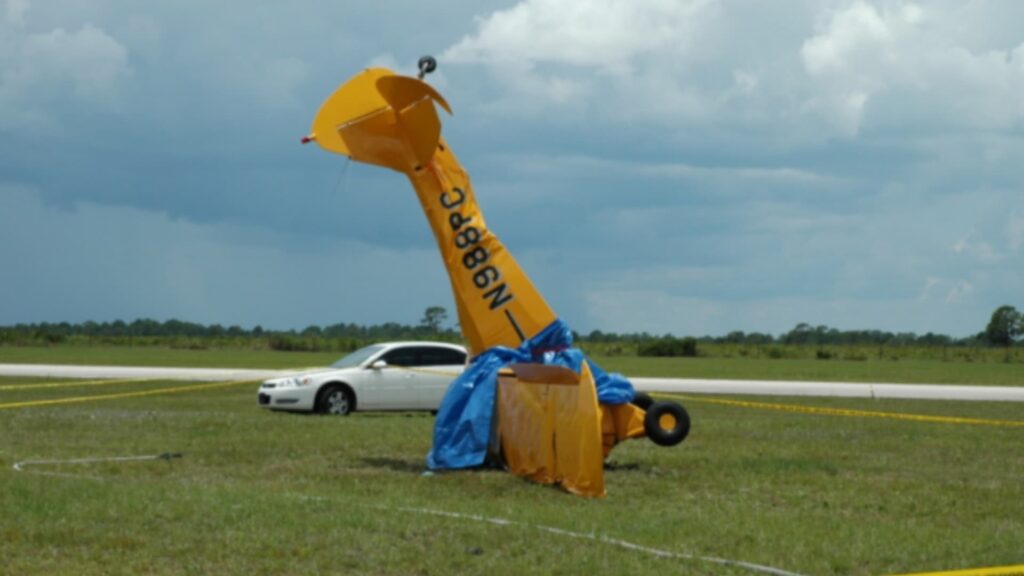



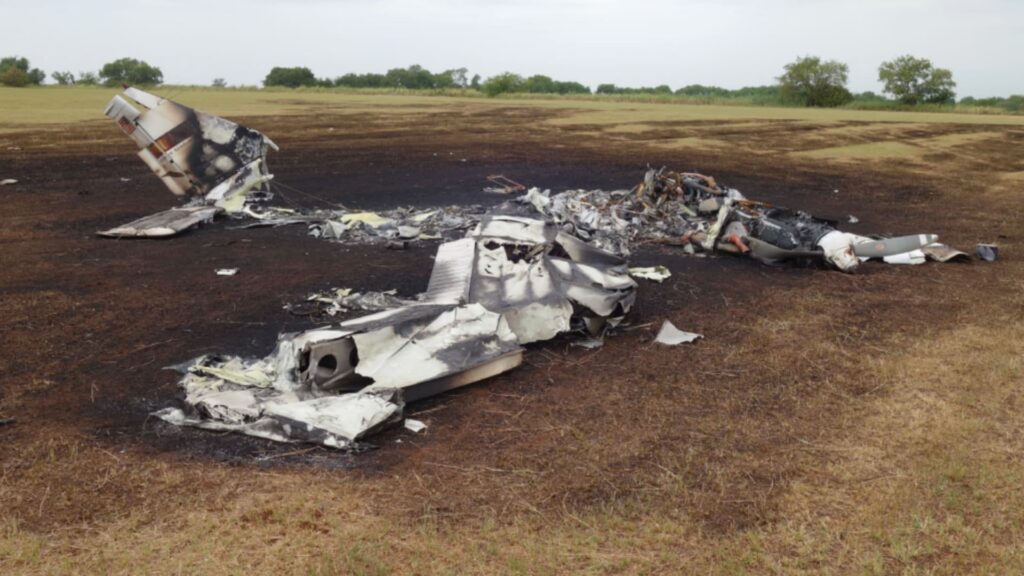

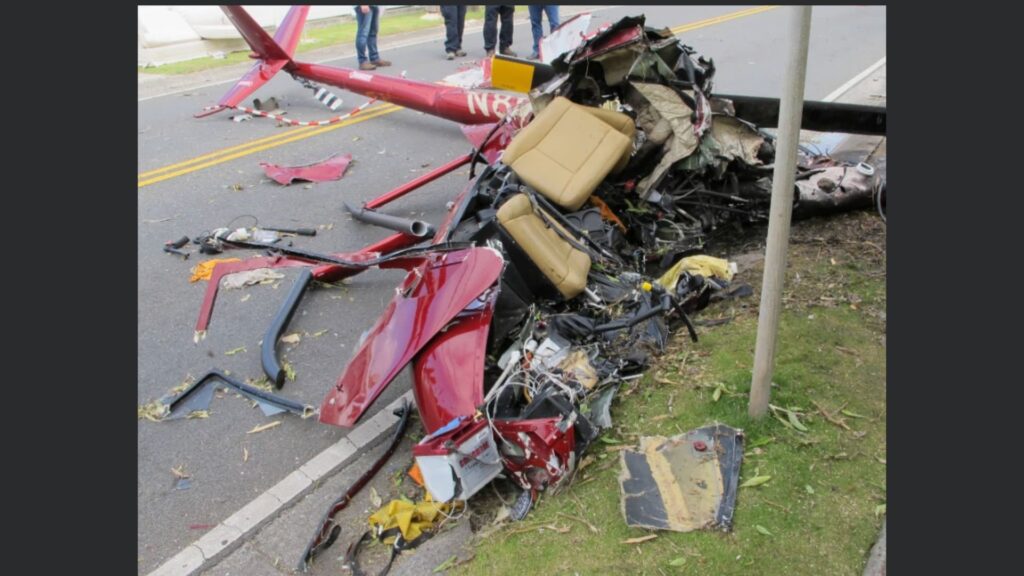
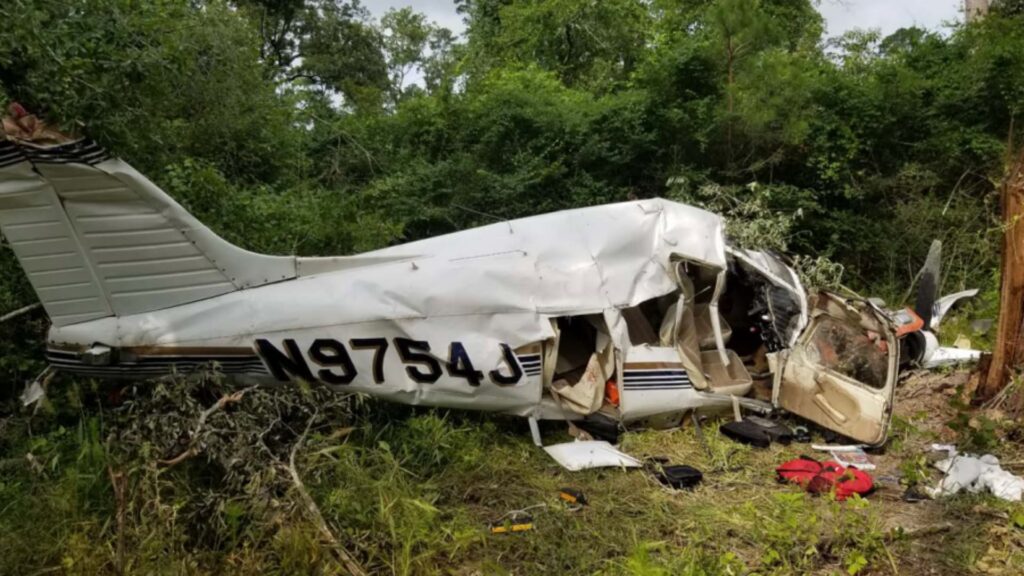
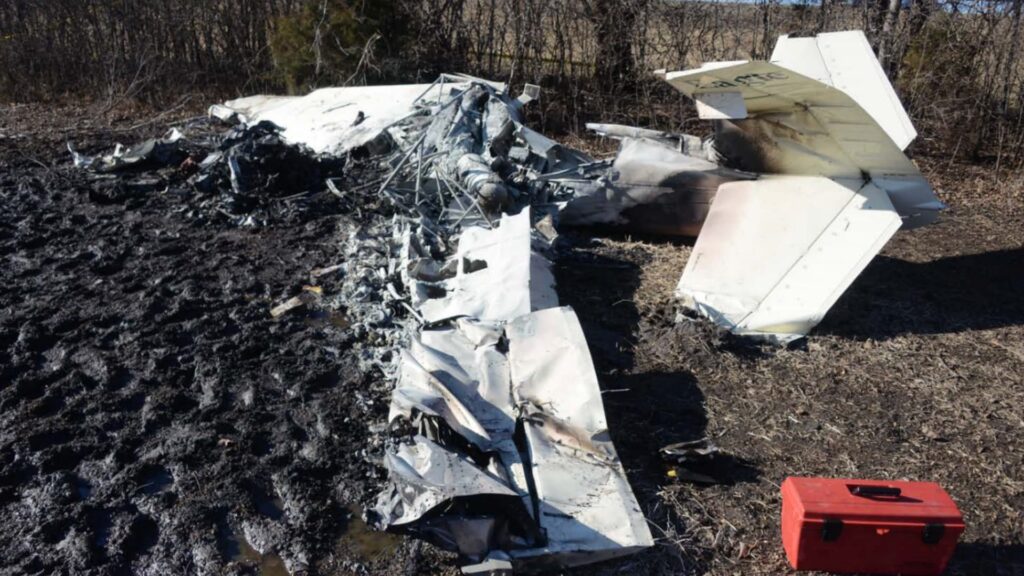
2 Comments
Hoover, I began flying in rural Louisiana. I saw ag pilots land like the Super Cub pilot did many times. An ag pilot friend termed the maneuver “a ricefield turn”. The first time that I saw the maneuver I was a student pilot flying standard pattern touch-and-goes and it frightened me a little
Smarter and Safer are the key words. Dragging your wheels in the lake doesn’t exhibit the former either.